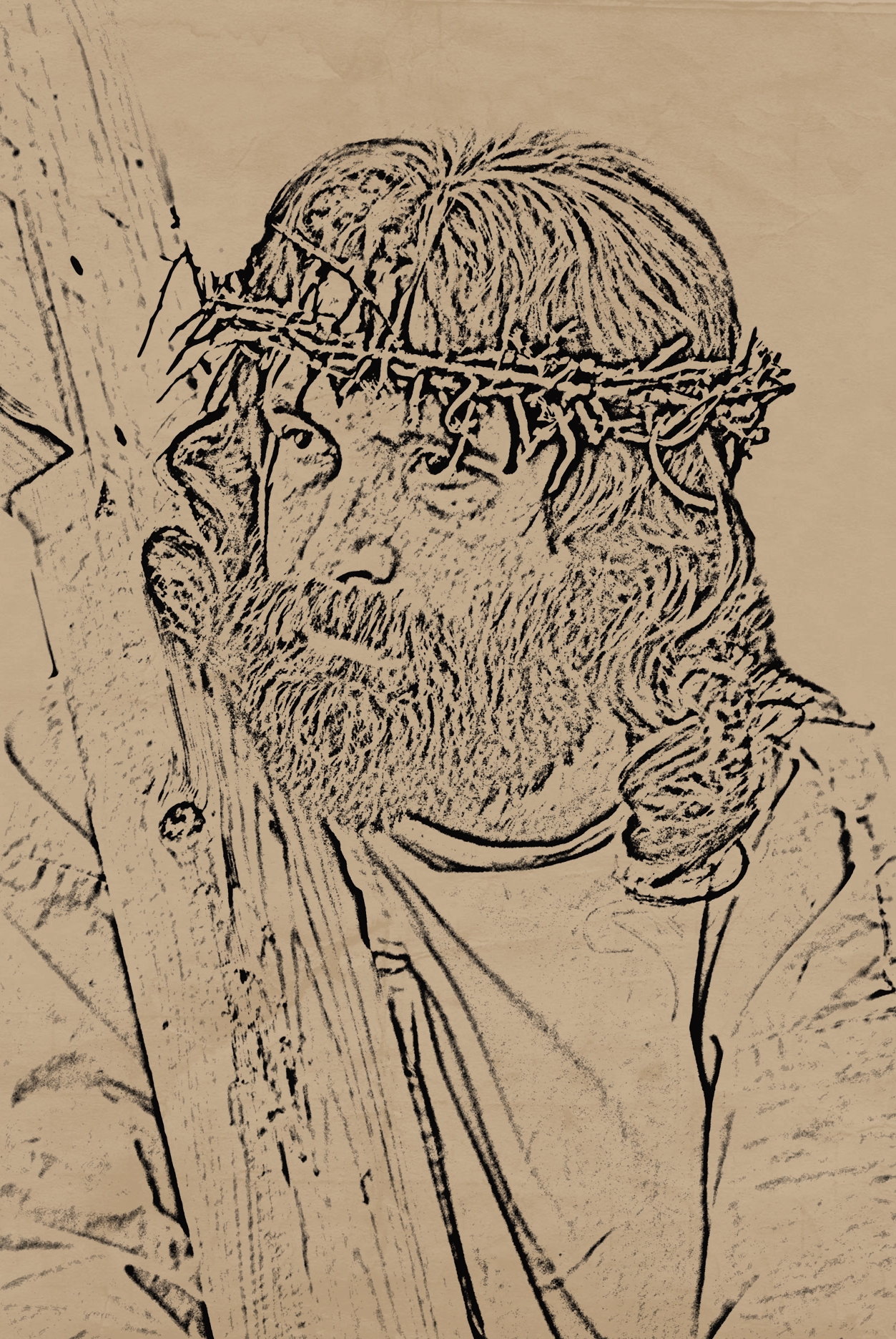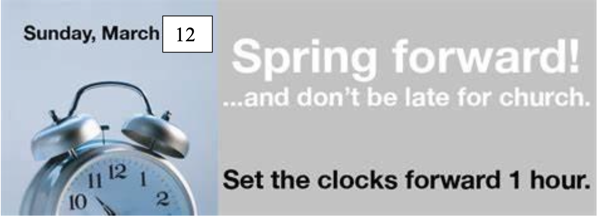What procession are we in?
Palm Sunday 2023
The Palm Sunday service often begins with the triumphal procession and palm branches, but ends with the Passion narrative. It is an extremely dramatic service, moving from intense joy to profound sadness. Very typical liturgy for Palm Sunday; many churches have observed this day in this way for decades. I recall it from my own youth, the shiver down the spine when the choir acted the part of the crowd in Jerusalem, crying, “Crucify him! Crucify him!” However, there has been growing concern among scholars and liturgists that a whole week existed between these two events in the last days of Jesus’ life, 5 days to be exact: have you ever wondered why and how Jesus and his followers went from jubilation to grief in such a short time?
Pilate entering the city from the west, Jesus entering the city from the east, Jesus’ entry clearly a pre-planned, counter-procession to the imperial procession. Jesus’ procession symbolized a kingdom of peace; the Roman procession, of course, a manifestation of imperial power, oppression and violence. And those two contrasting processions—between the kingdom of God and the kingdom of Caesar—present the central conflict for the events of Holy Week…
Without the Passion narrative at the end of the service, people who do not participate in Holy Week, especially Good Friday, know only the jubilation of Palm Sunday and the celebration of Easter morn; they do not experience the arrest, trial and execution of Jesus. There is a need for education about what happened between the jubilant entry into Jerusalem and the crucifixion five days later. Modern Biblical scholarship sheds so much light on these last days of Jesus’ life. Marcus Borg & John Dominic Crossan co-authored The Last Week, which offers a day-by-day account of the last week of Jesus’ life. In my humble opinion, it is the best writing both gentlemen have done; the book is clear and fascinating. Borg said that they wrote the book because “People don’t know the Holy Week story anymore because we have now moved the Good Friday text to what used to be Palm Sunday . . . if you go to church only on Sundays, you get the crucifixion, you get Easter, but nothing else really about Holy Week.” I highly recommend you read this book, but in this brief reflection, I will give you a crash course.
The whole story of Palm Sunday is really so surprising. What most people are unaware of is that there was another procession entering Jerusalem that day as well, a Roman imperial procession entering the city from the west side, Pilate at the head of imperial military reinforcements for the garrison at Jerusalem. During Passover, the holiest celebration of the Jewish faith, Rome found it necessary to show its strength and force, in case there should be any trouble from a people longing for escape from bondage. Pilate entering the city from the west, Jesus entering the city from the east, Jesus’ entry clearly a pre-planned, counter-procession to the imperial procession. Jesus’ procession symbolized a kingdom of peace; the Roman procession, of course, a manifestation of imperial power, oppression and violence. And those two contrasting processions—between the kingdom of God and the kingdom of Caesar—present the central conflict for the events of Holy Week, for early Christianity, and for us 2000 years later.
Quite simply, we must ask ourselves, Which procession are we in? By our very presence on Palm Sunday, with our happy parade around the church waving palm branches, we are aligning ourselves with the followers of Jesus 2000 years ago, declaring that we follow the way of Jesus too. We declare with them that Jesus is Lord. Now, in Jesus’ time, that was a seditious claim, flying in the face of Pilate and Rome who claimed that Caesar was Lord. Roman imperial theology presented Caesar as the son of a god, declared Caesar divine. The way of Jesus is the way of peace and love, of justice and righteousness; the way of Caesar is the way of domination by the sword, of violence and suppression.
It is easy for us now, two millennia later, to look back and see a clear-cut choice between a violent regime and a non-violent peace movement. Rather reminds me of the late 60s when there seemed to be a black and white dilemma: “make love not war”; “give peace a chance.” But what about today? It’s harder for us to discern the Caesars of our world, more difficult to challenge the domination systems of our time because they are so complex and intertwined. If we declare Jesus is Lord today, no one in authority challenges that; our authority figures declare the same thing. The Royal family, the GG, our political leaders—they all attend church as we do and declare Jesus as Lord. Certainly we can look to places like Syria or North Korea or Russia and see injustice by unjust regimes. We long to help. We share our resources in small ways. We send peacekeepers when asked. But how complicated the situations become.
How do we discern whether we are complicit in the domination system of our time? We live in North America, Canada, one of the best places to live, peaceful, prosperous. But you know the statistics—20% of the world’s population—that includes us—use 80% of the world’s resources. We may not be consciously, directly involved in acts of injustice, but our very life style denies others basic necessities, our goods manufactured and provided by developing nations, by people paid low wages. How do I know if my investments, my RRSPs that I hope will guarantee me and mine a comfortable old age, how do I know if those investments aren’t part of the unjust system? I don’t know. I trust not. Best not to look too closely.
Jesus was sent to his death not only because he challenged Rome, and Rome’s oppression of his people, but also because he challenged the religious leaders of his time, those who controlled the synagogue, those who collaborated with Roman rulers and who thereby legitimized the domination of the Jewish people by Rome. There was complicity between the high priests and Pilate, to keep the people in line, obedient, subservient, and it was an unjust system which kept the peasant class, 98% of the population, at or below subsistence level. Jesus’ vision of the kingdom of God led him to speak and act against this conspiracy between church and state. Jesus’ entry into Jerusalem and his act the next day of cleansing the temple, left no doubt in anyone’s mind—both were staged acts of rebellion and resistance.
The extent to which we are expected to follow the way of Jesus is clearly expressed in his teachings. Many of his contemporaries, even his disciples, were hoping for a warrior Messiah who would free the Jews from bondage to Rome, just as Moses had led the Israelites out of slavery in Egypt. However, Jesus outlines His way, God’s way: “if any want to become my followers, let them deny themselves and take up their cross and follow me . . . those who lose their life for my sake will find it.” Such a selfless sacrifice is graphically seen in Christ’s passion and death and in the sacrifice of Christian martyrs, people called to stand up for their beliefs, but the majority of us are called to practice Christ’s way of love in our everyday lives, and that too requires that self often be denied. The scriptures contrast Jesus and his kingdom of peace and justice with those who would rule by force “all the kingdoms of this world.” His was a prophetic voice, quoting the OT prophets, calling his fellow Jews back to loyalty to God and God’s way. When Jesus says, “Follow me,” he is telling us to follow his lead, to get in line, to join the procession that Jesus wishes to lead. The Church today must retain its prophetic voice. To follow the way of Jesus is to voice the way of peace and justice, to urge our governors and our social conscience to care for the poor, to speak for the marginalized and downtrodden, to point out injustice wherever it exists. As we journey with Jesus through all the days of Holy Week, may we be called anew to seek first the kingdom of God in our own lives and in the lives of others. And may God give us the strength to trust and follow the Lord’s procession.







